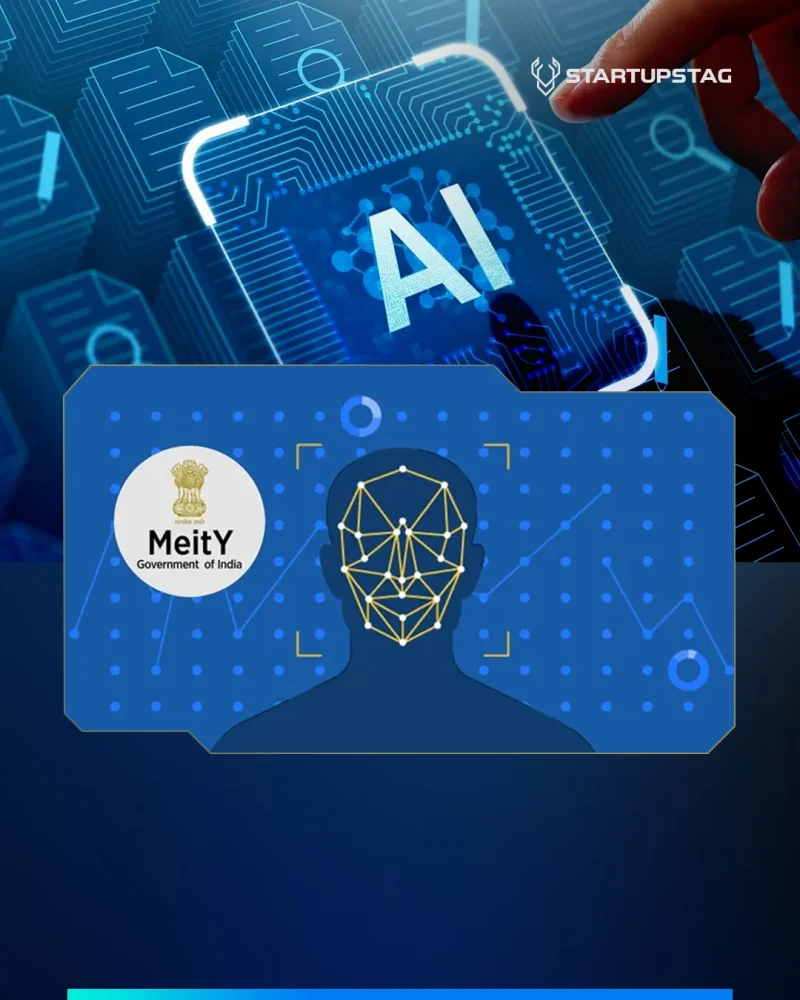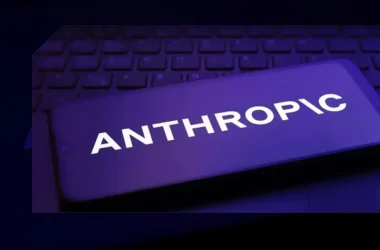The Ministry of Electronics and Information Technology has taken a decisive step toward addressing the challenges posed by artificial intelligence generated content. Through proposed amendments to the Information Technology Rules, 2021, the government seeks to establish a robust framework for identifying and tracing synthetically created material across digital platforms.
Comprehensive Labeling Requirements
The draft regulations introduce stringent obligations for significant social media intermediaries operating within India’s digital ecosystem. Platforms will be required to implement conspicuous labeling mechanisms that ensure users can readily distinguish synthetic content from authentic material. Visual content must display identification markers covering a minimum of ten percent of the screen area, while audio content requires audible indicators spanning at least ten percent of the total duration.
Beyond visible labeling, the amendments mandate the integration of permanent metadata identifiers that remain embedded within content files. This technical requirement aims to create an immutable trail of authenticity, preventing the removal or alteration of synthetic content markers as material circulates across different platforms and channels.
Stakeholder Engagement and Implementation Considerations
The Ministry has initiated a public consultation process extending until November 6, 2025, inviting feedback from industry participants, civil society organizations, and individual stakeholders. This collaborative approach reflects the government’s recognition that effective regulation requires balancing multiple interests and practical realities.
Industry experts have highlighted several implementation concerns, particularly regarding the operational burden on smaller platforms with limited technical infrastructure. Questions persist about the practical application of labeling requirements to various content types, including everyday filters and editing tools commonly used by millions of users.
Addressing Contemporary Digital Challenges
The regulatory initiative emerges against a backdrop of increasing incidents involving manipulated media, particularly during sensitive periods such as electoral campaigns and public events. By establishing clear accountability mechanisms while preserving safe harbor protections for compliant intermediaries, the government aims to foster a digital environment that balances innovation with user protection.
These amendments represent a significant milestone in India’s evolving approach to digital governance, positioning the nation among jurisdictions actively addressing the complexities of artificial intelligence in public discourse.











